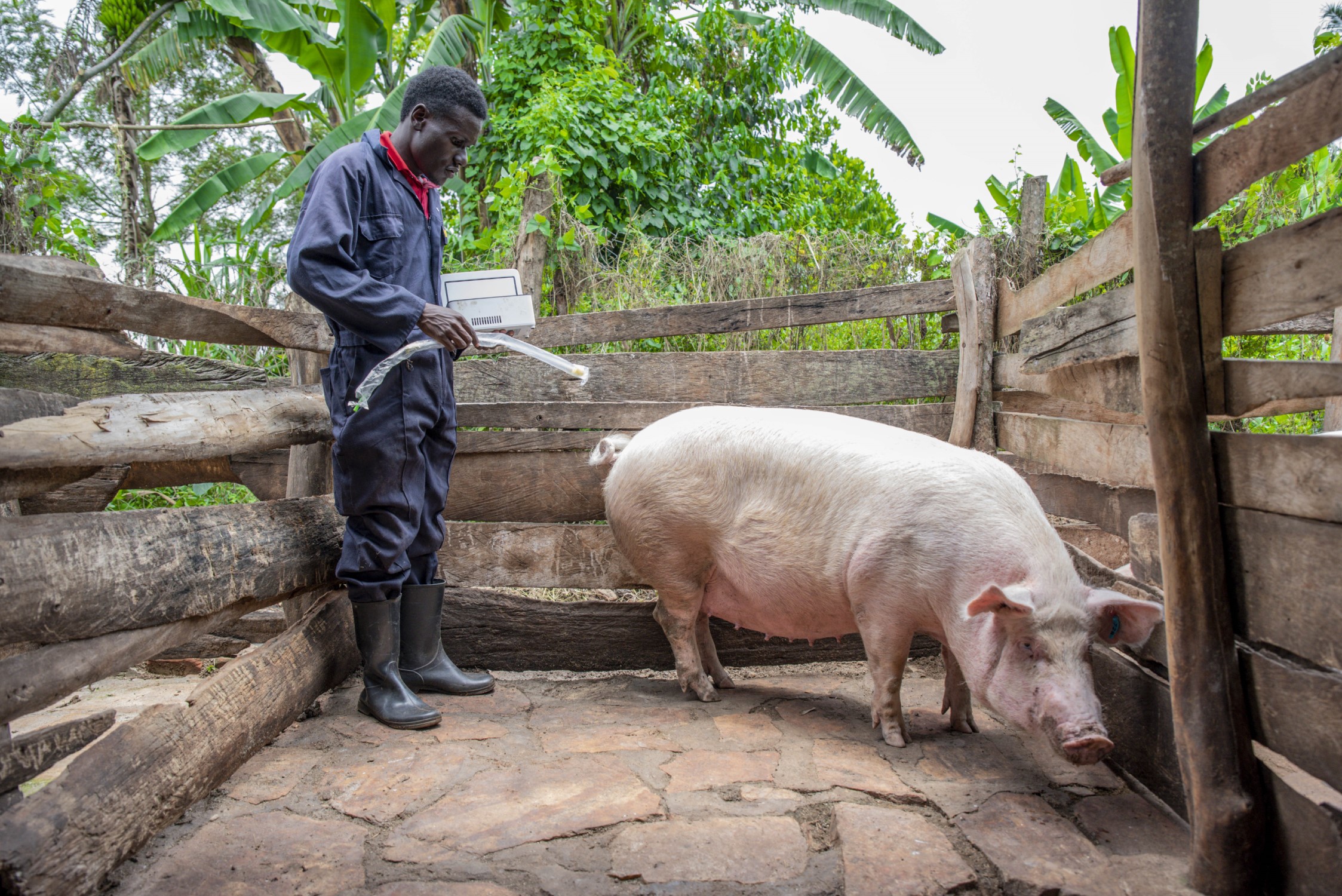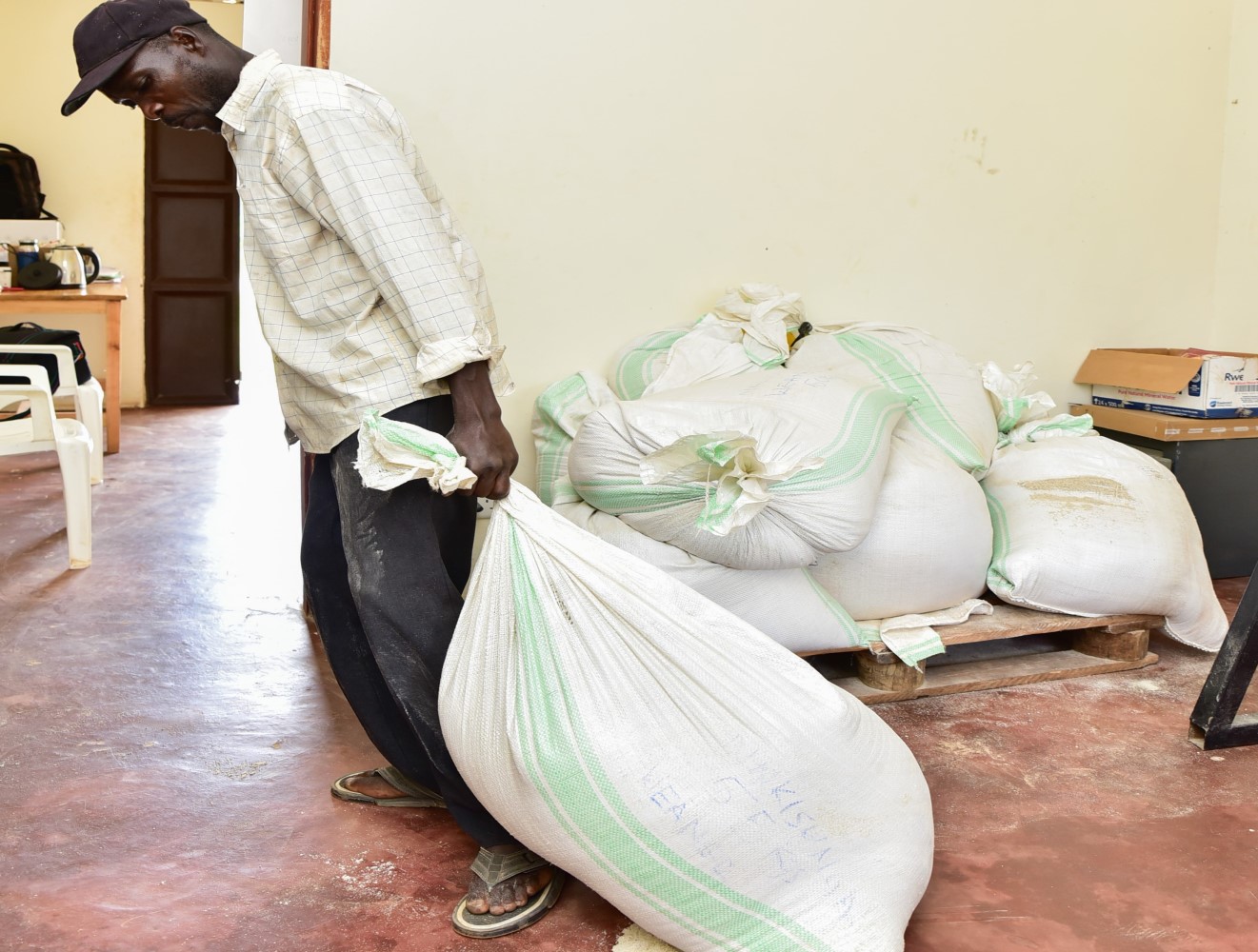

These are among some of the challenges discussed in the World Bank’ new report, Closing the Potential-Performance Divide in Ugandan Agriculture. The report assesses the state of Uganda’s agriculture, and offers an unprecedented analysis of the structural context, highlighting challenges, trends and key opportunities for growth. Agriculture is the backbone of Uganda’s economy, employing 70% of the population, and contributing half of Uganda’s export earnings and a quarter of the country’s gross domestic product (GDP). Since most Ugandans live in rural areas and practice farming, raising agriculture incomes – a centrepiece of Uganda’s National Development Plan – is critical to reducing poverty, boosting prosperity and creating jobs, especially for women and youth. The report, which provides a historical review of the sector, notes that rising population and growth of incomes have increased the demand for food and agro-processed products. This is putting increased pressure on the environment amid frequent and severe climate conditions, made worse by the continued dependence on rainfed agriculture. Combined with poor agricultural practices, low technological adoption, insecurity over land ownership, poor access to extension services, low quality inputs, and lack of credit, the report notes that the agriculture sector continues to be hindered from realizing its full potential. Challenges notwithstanding, Ugandan agriculture has enormous potential to transform the economy and make farming much more productive and profitable for Ugandan smallholder farmers, the report says. In stark opposition to supply-side constraints, demand-side opportunities for agriculture and food for Uganda and its neighbors are the strongest they have ever been, according to the report. Booming domestic and regional demand for higher-value foods arising from income growth, urbanization, and dietary shifts offer massive opportunities for Ugandan farmers, the report says, and for value chains beyond farm production, and better jobs in agriculture. Other areas of potential identified by the report are developments in agricultural technology and ICT, and various successful agribusiness models that could be upscaled.

Agriculture and farming are some of the oldest and most important professions in the world. Since the beginning of humanity, our ancestors discovered that agriculture, in its earlier form back in that time, was their main source of food. Since then, agriculture has come a long way in how we farm and grow crops thanks to various technologies. Yet, it seems that humanity is heady towards very challenging food problems. First of all, we are currently dealing with lots of environmental concerns that make experts believe that soil fertility is rapidly decreasing. And, obviously, this will have a major impact on food production. Secondly, it is believed that by 2050, the global population will reach almost 10 billion people. And, as our current agricultural system stands, experts believe that we won’t be able to produce enough food to feed everybody. In fact, experts believe that global food production must increase by 70% by 2050 to meet population growth demands. Pretty shocking and scarring, right? So, is there anything that will help us address these problems before they lead to a global lack of food situation? Well, we would say that today, agriculture technology is our best bet. And, over the past century, it seems that technology use in this sector increases rapidly worldwide.

Reliable market access boosts productivity, increases incomes and strengthens food security. It can contribute to reducing poverty and hunger for producing families and their communities, if appropriate measures are taken to reduce market risks and unequal market power. Many rural producers often face serious difficulties in accessing markets to sell their goods in the marketplace. They are constrained by their remote location, high transportation costs, limited knowledge, and the lack of business skills and an organization that could give them the bargaining power they require to interact on equal terms with other market intermediaries. Agricultural and food product markets have changed significantly over the past 30 years. Modern value chains serving national and regional markets – particularly in urban areas – now complement traditional markets. Demand for high-value products continues to grow. All of this means more opportunities for smallholder producers, but also risks if they are pushed out of these markets. It isn’t always easy to connect smallholders to markets, nor to ensure their produce meets market standards. Unequal distributions of power also mean small producers can earn significantly less than other actors, such as larger processors, retailers and exporters.
Leave a Comments